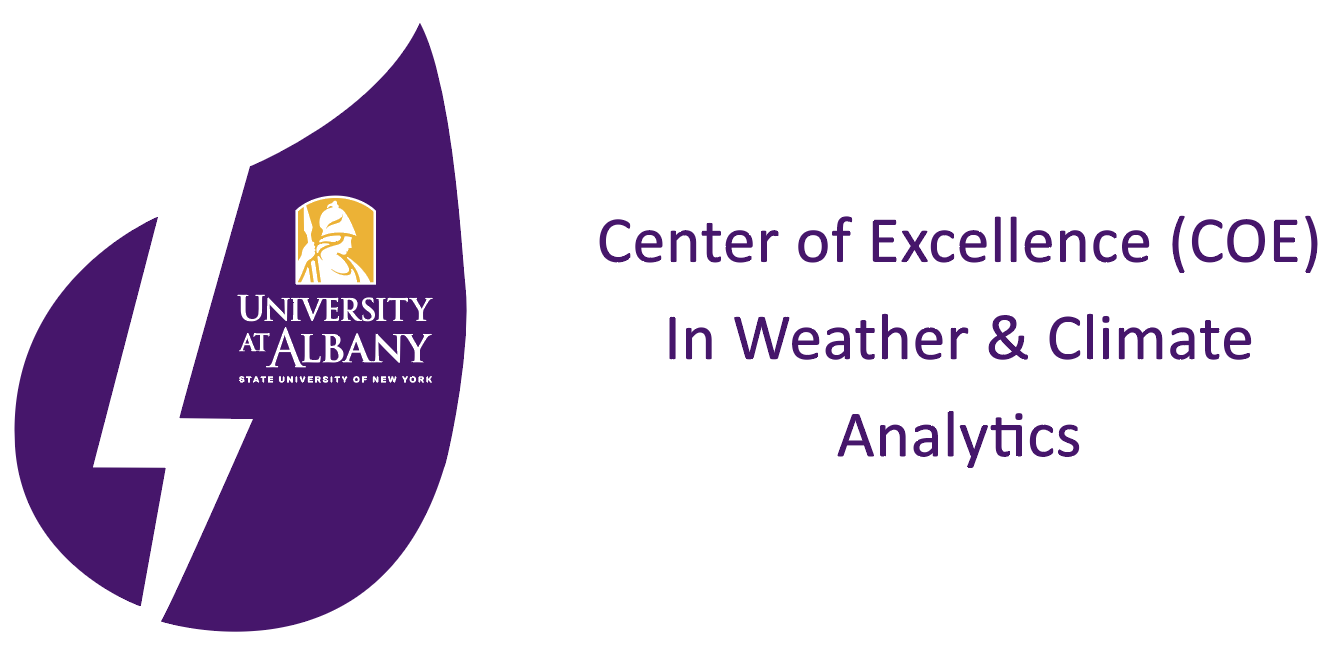NYS Mesonet, Con Edison Partner to Launch ‘NYC Micronet’ Weather Observation Network
A new cluster of weather-monitoring stations will offer New York City’s energy provider real-time data to keep service reliable and resilient for its customers.
Con Edison, the energy company that serves New York City and Westchester County, is working with the University at Albany’s New York State Mesonet on the “New York City Micronet,” a new network of 17 weather-monitoring stations that will be located at company properties in the City’s five boroughs.
The NYC Micronet, also supported by UAlbany’s Center of Excellence in Weather and Climate Analytics, will help Con Edison monitor high-impact weather events and track long-term climatic changes. Con Edison is investing $3 million in the network. That includes a $1.6 million contract with the University.
Installation started this month. The network is expected to be completed by the end of October.
“This partnership with Con Edison is the latest example of NYS Mesonet providing a service to make our state more resilient to increases in weather extremes and to better inform weather risk-management decisions,” said Chris Thorncroft, director of UAlbany’s Atmospheric Sciences Research Center, the NYS Mesonet and Center of Excellence. “UAlbany has direct access to the largest concentration of atmospheric, climate and environmental researchers in New York. We are continuing to create smart business solutions to empower industry partners statewide.”
The NYS Mesonet is the most advanced and largest early warning weather detection network in the nation.
“Climate change makes smart infrastructure planning and design essential,” said Charles Viemeister, Con Edison’s project manager. “We’ll use data from the Micronet to gain additional insight into the local short-term and longer-term impacts of climate change. We are always looking for technologies that can help us maintain the resilient, reliable service our customers need.”
The NYC Micronet is a customized version of NYS Mesonet’s standard network of 126 weather stations and will undergo the same regular maintenance, data quality control, sensor calibrations, and visualization, performed daily at UAlbany’s Mesonet Operations Center and by technicians in the field.
This project adds to an already established relationship between UAlbany and Con Edison. In 2019, the two partners, along with MESO, Inc. created the Wind Extremes Forecast System (WEFS). It uses a combination of regional NYS Mesonet data and machine learning techniques to produce forecasts of threshold wind speeds and gusts that could lead to power outages at county and sub-county levels in New York State.
“The goal, with both the Micronet and WEFS, is to provide NYC’s primary utility provider with valuable environmental data that can help improve resiliency for its services and mobilize resources more efficiently when severe weather strikes,” said Jerry Brotzge, NYS Mesonet program manager. “Our weather stations are quietly driving decision-making in a variety of sectors.”

